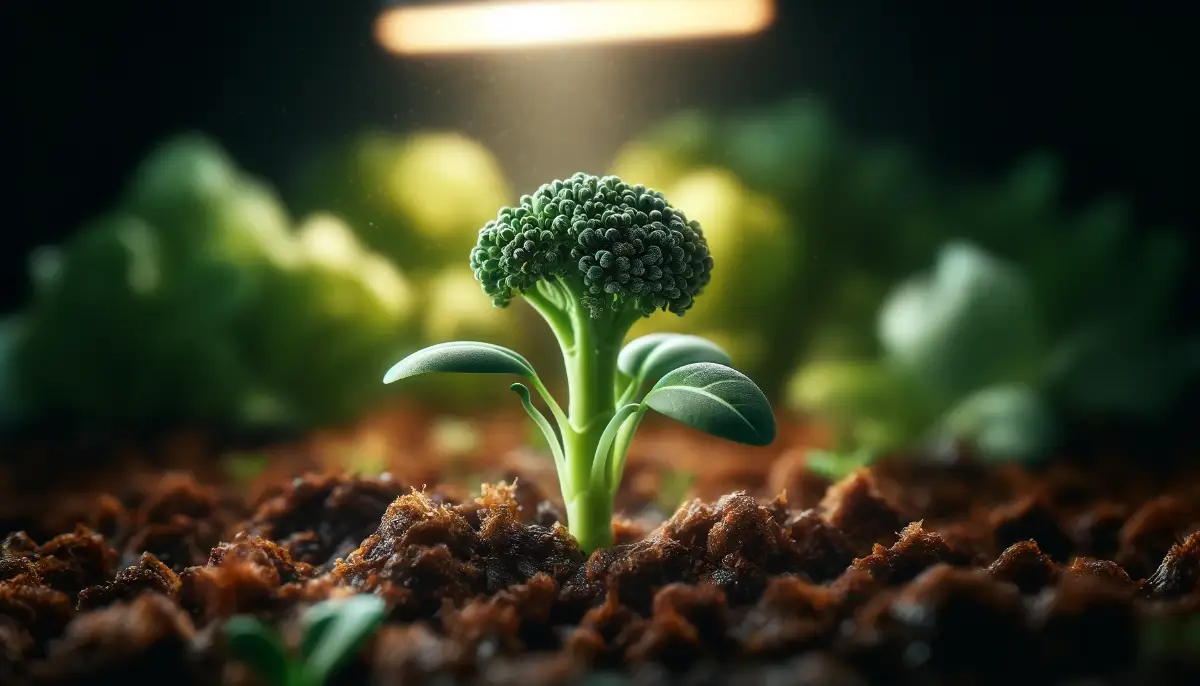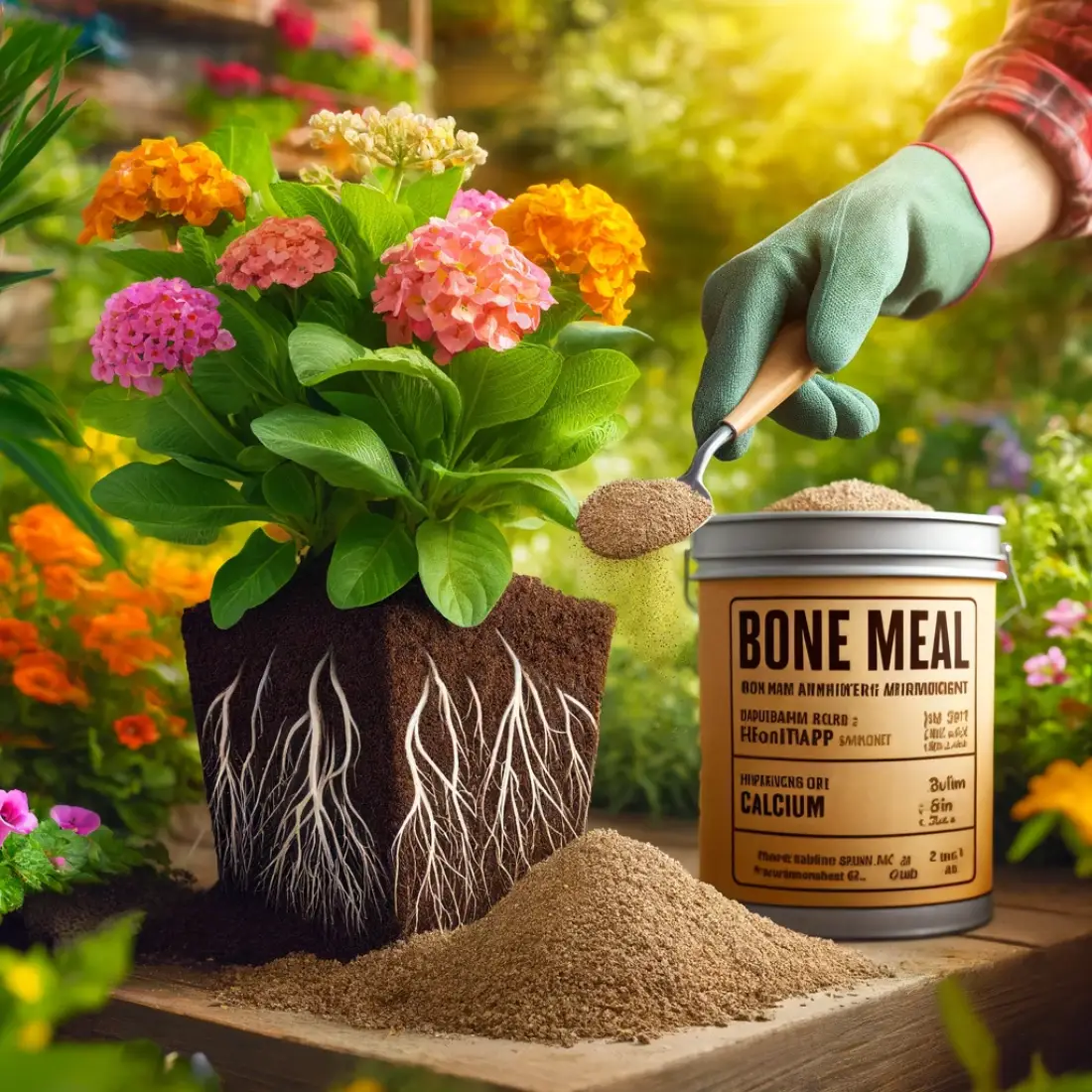Growing eggplants can be a rewarding addition to your garden. Eggplants, also known as aubergines, are versatile and nutritious vegetables that can thrive in your backyard with the right care.
Whether you’re a seasoned gardener or a beginner, these tips and tricks will help you cultivate healthy and productive eggplants.
- Choose the right variety of eggplant for your climate.
- Start seeds indoors for the best results.
- Eggplants need full sun and well-drained soil.
- Regular watering and fertilization are crucial for healthy growth.
- Be vigilant about pests and diseases.
Choosing the Right Eggplant Variety
Choosing the right variety of eggplant is crucial for a successful harvest. There are many varieties to choose from, each with its own unique characteristics and growing requirements. Some popular varieties include Black Beauty, known for its large, glossy fruits, and Ichiban, a slender Japanese variety that matures quickly.
When selecting a variety, consider your local climate and growing conditions. For instance, White Eggplant varieties are more tolerant of cooler temperatures and might be suitable for gardeners in northern regions.

Ideal Climate and Growing Conditions
Eggplants thrive in warm climates and require plenty of sunlight to grow well. They prefer temperatures between 70°F and 85°F (21-29 °C) and need at least six hours of direct sunlight each day. Eggplants also need well-drained soil with a pH level between 5.5 and 7.0. Before planting, test your soil to ensure it meets these conditions.
Adding organic matter, such as compost, can help improve soil quality and provide the nutrients necessary for healthy plant growth. In cooler climates, consider starting your eggplants indoors or using row covers to protect young plants from late frosts.
Soil Preparation and Fertilization
Preparing the soil properly is essential for growing strong and healthy eggplants. Start by loosening the soil to a depth of about 12 inches and mixing in plenty of organic matter. This will help improve drainage and soil fertility.
Eggplants are heavy feeders, so it’s important to fertilize the soil before planting and continue to feed the plants throughout the growing season. A balanced organic fertilizer, such as 10-10-10, applied every four to six weeks, can help ensure your eggplants receive the nutrients they need.
To further enrich the soil, consider adding aged manure or compost a few weeks before planting. This will provide a slow-release source of nutrients that will benefit the plants throughout their growth. Additionally, incorporating materials like perlite or sand can improve soil aeration and drainage, which is particularly important for preventing root rot in heavy soils.
Planting Eggplants
Starting Seeds Indoors
Starting eggplant seeds indoors is a great way to give your plants a head start, especially in regions with shorter growing seasons. Begin by sowing seeds about 8-10 weeks before the last expected frost date. Use seed trays or small pots filled with a high-quality seed starting mix.
Plant the seeds about 1/4 inch deep and keep the soil consistently moist. Place the trays in a warm location with temperatures between 75°F and 85°F. Using a heat mat can help maintain the ideal temperature for germination.
Once the seeds sprout, ensure they receive plenty of light, ideally 12-14 hours per day. A grow light can be beneficial if natural light is insufficient. When the seedlings develop two true leaves, thin them out to ensure each plant has enough space to grow.
Before transplanting the seedlings outdoors, harden them off by gradually exposing them to outdoor conditions over a week or two. This helps reduce transplant shock and prepares the plants for their new environment.

Direct Sowing vs. Transplanting
While starting seeds indoors is common, you can also directly sow eggplant seeds in the garden if you live in a warm climate. Direct sowing should be done after the last frost when the soil has warmed to at least 60°F. Plant the seeds 1/4 inch deep and space them about 18-24 inches apart. Keep the soil moist and thin the seedlings to the strongest plants once they reach 4-6 inches tall.
Transplanting seedlings is generally preferred because it allows you to control the growing conditions during the crucial early stages. When transplanting, choose a cloudy day or transplant in the evening to minimize stress.
Dig a hole slightly larger than the root ball and place the seedling at the same depth it was growing indoors. Water thoroughly after transplanting and consider using a starter fertilizer to promote root development.
Spacing and Planting Depth
Proper spacing is vital for healthy eggplant growth. Space plants 18-24 inches apart in rows that are 24-36 inches apart. This allows sufficient airflow between plants, reducing the risk of disease and ensuring each plant receives adequate sunlight. When planting seedlings, ensure the planting depth is the same as in their pots to avoid burying the stem too deeply, which can cause rot.
If you’re growing multiple rows of eggplants, consider using raised beds or mounds to improve drainage and soil warmth. Raised beds can also make it easier to manage weeds and maintain soil quality. After planting, water the seedlings well and apply a layer of mulch to help retain soil moisture and suppress weeds.
Caring for Eggplants
Watering and Mulching
Consistent watering is essential for healthy eggplant growth. Eggplants need about 1-2 inches of water per week, depending on weather conditions. Water deeply at the base of the plant to encourage deep root growth, and avoid getting the foliage wet to reduce the risk of fungal diseases. It’s best to water in the morning so that any moisture on the leaves can dry during the day.
Mulching is a valuable practice for eggplant care. Apply a 2-3 inch layer of organic mulch, such as straw, wood chips, or compost, around the base of the plants. Mulch helps retain soil moisture, suppress weeds, and regulate soil temperature. Additionally, mulch can prevent soil from splashing onto the leaves, reducing the likelihood of soil-borne diseases.
Pruning and Staking
Pruning and staking eggplants can help improve air circulation, reduce disease risk, and support heavy fruit. Begin by removing any damaged or diseased leaves as soon as you notice them. Regularly prune the lower leaves and any suckers that develop in the crotch of branches to direct the plant’s energy towards fruit production.
Staking is especially important for tall or heavy-bearing eggplant varieties. Use stakes or cages to support the plants and prevent branches from breaking under the weight of the fruit. Drive the stakes into the ground next to the plants and gently tie the main stem and branches to the stakes using soft ties or twine. This will keep the plants upright, improve light penetration, and make harvesting easier.
Weed Control
Weeds can compete with eggplants for nutrients, water, and sunlight, so keeping the garden bed weed-free is crucial. Regularly inspect your garden and remove weeds by hand or use a hoe to cultivate the soil and eliminate young weeds. Be careful not to damage the shallow roots of the eggplants when weeding.
Mulching can also help control weeds by blocking sunlight and preventing weed seeds from germinating. Organic mulches like straw, grass clippings, or shredded leaves work well and can be incorporated into the soil at the end of the season to improve soil structure and fertility.
Dealing with Pests and Diseases Organically
Common Pests and Organic Management
Eggplants are susceptible to various pests that can damage plants and reduce yields. Common pests include aphids, flea beetles, and spider mites. Managing these pests organically involves a combination of preventive measures and natural treatments.
- Aphids: Aphids can be controlled by introducing beneficial insects like ladybugs and lacewings, which feed on aphids. You can also use insecticidal soap or neem oil sprays to reduce aphid populations. Applying these treatments early in the morning or late in the evening helps avoid harming beneficial insects.
- Flea Beetles: Flea beetles can cause significant damage to eggplant leaves. To manage flea beetles organically, use floating row covers to protect young plants until they are established. Diatomaceous earth can be sprinkled around the base of the plants to deter these pests. Additionally, planting companion plants such as basil, marigold, and catnip can help repel flea beetles.
- Spider Mites: Spider mites thrive in hot, dry conditions. Regularly spraying the plants with a strong jet of water can dislodge and reduce spider mite populations. In severe infestations, neem oil or insecticidal soap can be used to control these pests. Ensure thorough coverage of the leaves, especially the undersides where spider mites tend to congregate.
Preventing and Treating Diseases Organically
Eggplants are also prone to several diseases, including blight, wilt, and powdery mildew. Organic disease management focuses on prevention and using natural treatments when necessary.
- Blight: To prevent blight, practice crop rotation and avoid planting eggplants in the same spot where other nightshade family crops (like tomatoes and potatoes) were grown in the previous two years. Ensure good air circulation by spacing plants appropriately and pruning excess foliage. Copper-based fungicides can be used as a preventive measure if blight is a recurring issue.
- Wilt: Fusarium and Verticillium wilt are soil-borne diseases that can affect eggplants. To prevent wilt, select resistant varieties and practice good sanitation by removing and destroying infected plants. Solarizing the soil by covering it with clear plastic for several weeks during hot weather can help reduce soil-borne pathogens.
- Powdery Mildew: Powdery mildew appears as a white, powdery coating on leaves and stems. To manage powdery mildew organically, ensure good air circulation and avoid overhead watering. A mixture of one-part milk to nine parts water can be sprayed on the affected plants to help control the disease. Applying sulfur-based fungicides can also be effective in managing powdery mildew organically.
Organic Soil Health Practices
Maintaining healthy soil is crucial for preventing pests and diseases. Incorporate organic matter, such as compost and well-rotted manure, into the soil to improve its structure, fertility, and water-holding capacity. Healthy soil promotes strong plant growth and increases resilience against pests and diseases.
Regularly test your soil to monitor nutrient levels and pH. Adjust these levels using organic amendments as needed. Rotate crops annually to prevent the buildup of pathogens and pests in the soil. Avoid planting eggplants in the same location where related crops have been grown recently.
Implementing these organic practices can help you grow healthy and productive eggplants while minimizing the use of synthetic chemicals. By focusing on prevention and using natural treatments, you can enjoy a bountiful harvest of eggplants that are safe and healthy for your family and the environment.
When and How to Harvest Eggplants
When to Harvest Eggplants
Knowing when to harvest eggplants is crucial for ensuring the best flavor and texture. Eggplants are typically ready to harvest 60-80 days after transplanting, depending on the variety. Look for the following signs to determine if your eggplants are ready for harvest:
- Size: Check the seed packet or plant label for the mature size of your eggplant variety. Most eggplants are ready to pick when they reach their full size, usually between 4 to 8 inches in length, though this can vary.
- Color: The skin of the eggplant should be glossy and uniform in color. For example, Black Beauty should be deep purple, while White Eggplant should be a creamy white. Dull skin can indicate that the eggplant is overripe.
- Firmness: Gently press the skin of the eggplant with your thumb. If it springs back, the eggplant is ready to harvest. If an indentation remains, it may be overripe.
It’s important not to let eggplants become overripe on the plant, as they can become bitter and develop tough seeds. Regularly checking your eggplants ensures you harvest them at their peak.
How to Harvest Eggplants
To harvest eggplants, use a sharp knife or garden shears to cut the fruit from the plant. Leave about an inch of the stem attached to the eggplant. This helps to reduce the risk of damaging the plant and encourages further fruit production. Avoid pulling or twisting the fruit, as this can harm the plant and affect future yields.
Handle the eggplants carefully to avoid bruising. Bruised eggplants can deteriorate more quickly and lose their quality. Harvesting in the early morning when the plants are still cool can help reduce stress on the plant and keep the fruit fresh longer.
Regular harvesting encourages the plant to produce more fruit. Check your eggplants every few days during the peak growing season to ensure you harvest them at the right time.
FAQs about Growing and Caring for Eggplants
How long does it take to grow eggplants?
Eggplants typically take about 60-80 days from transplanting to harvest, depending on the variety. Starting seeds indoors 8-10 weeks before the last frost can give you a head start and ensure a longer growing season.
Can eggplants grow in containers?
Yes, eggplants can be successfully grown in containers. Choose a large pot with a diameter of at least 18 inches and ensure it has good drainage. Use high-quality potting soil and provide regular watering and fertilization.
What are the common problems when growing eggplants?
Common problems include pests such as aphids, flea beetles, and spider mites, as well as diseases like blight, wilt, and powdery mildew. Proper care, including regular watering, fertilization, and organic pest control, can help manage these issues.
How do I improve the yield of my eggplants?
To improve eggplant yield, ensure the plants receive full sun, regular watering, and consistent feeding with a balanced fertilizer. Pruning and staking the plants can also promote better growth and fruit production.
How often should I water my eggplants?
Eggplants need consistent moisture and should be watered deeply once or twice a week, depending on weather conditions. Ensure the soil is well-drained to prevent waterlogging, which can lead to root rot.
Why are my eggplant leaves turning yellow?
Yellowing leaves can be caused by several factors, including overwatering, nutrient deficiencies, or pest infestations. Check the soil moisture, fertilize appropriately, and inspect the plants for pests to address the issue.
Can I grow eggplants indoors?
Yes, eggplants can be grown indoors if you provide enough light. Use grow lights to ensure the plants receive 12-14 hours of light per day. Keep the indoor temperature warm, ideally between 70°F and 85°F.
What type of soil is best for eggplants?
Eggplants thrive in well-drained, fertile soil with a pH level between 5.5 and 7.0. Incorporate organic matter, such as compost, into the soil to improve its structure and fertility.
How do I control pests on my eggplants organically?
Organic pest control methods include using beneficial insects like ladybugs, applying insecticidal soap or neem oil, and using physical barriers like row covers. Regularly inspect your plants and remove any pests by hand.
When should I fertilize my eggplants?
Start by incorporating a balanced fertilizer into the soil before planting. Once the plants are established, feed them every four to six weeks with a balanced or slightly higher phosphorus fertilizer to encourage flowering and fruit production.












